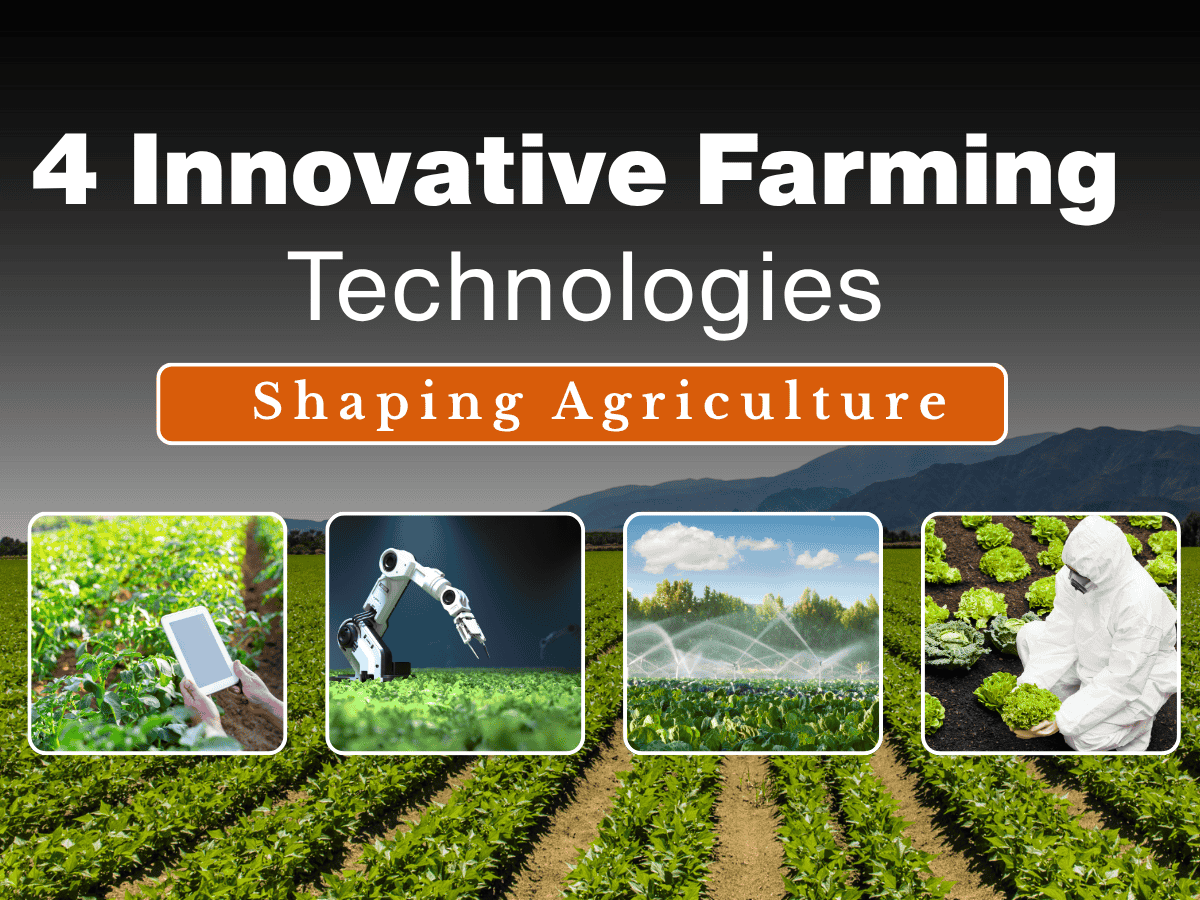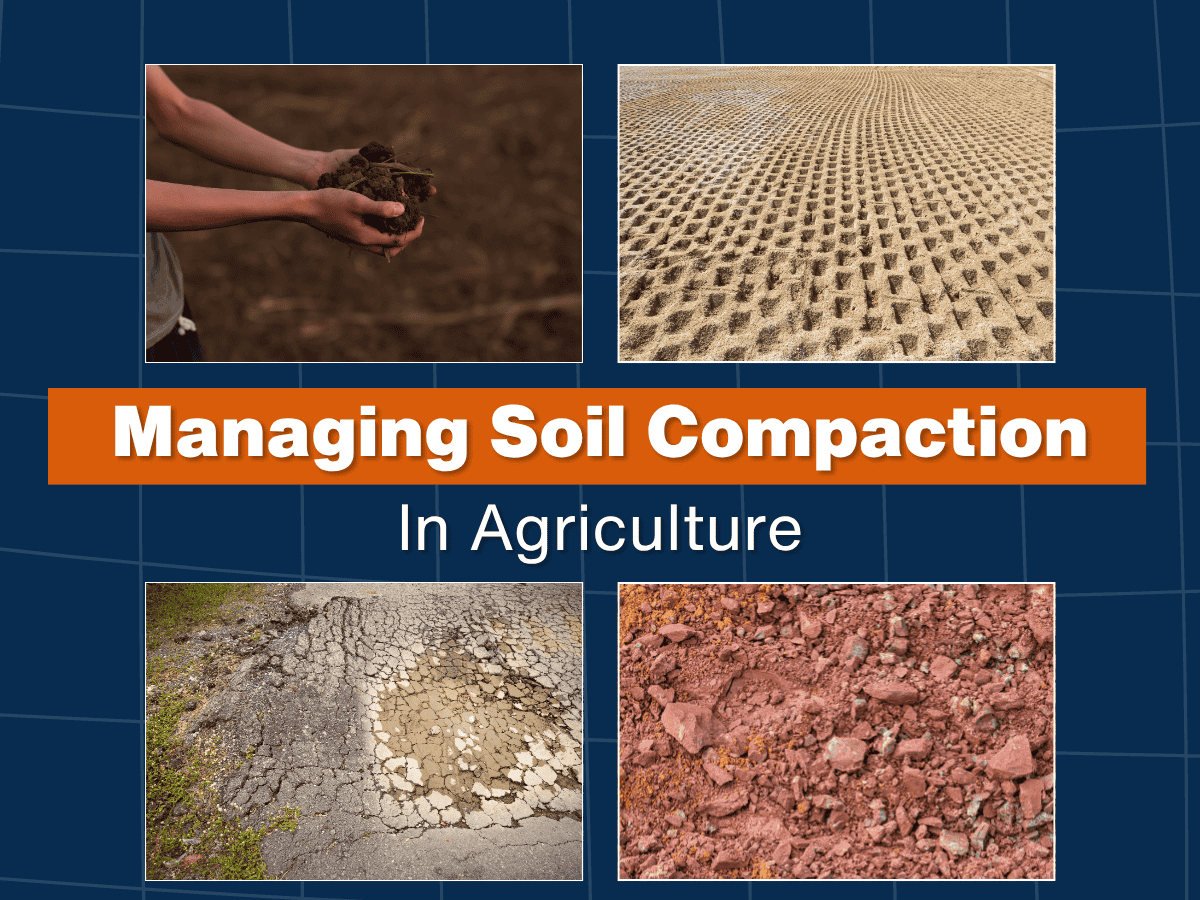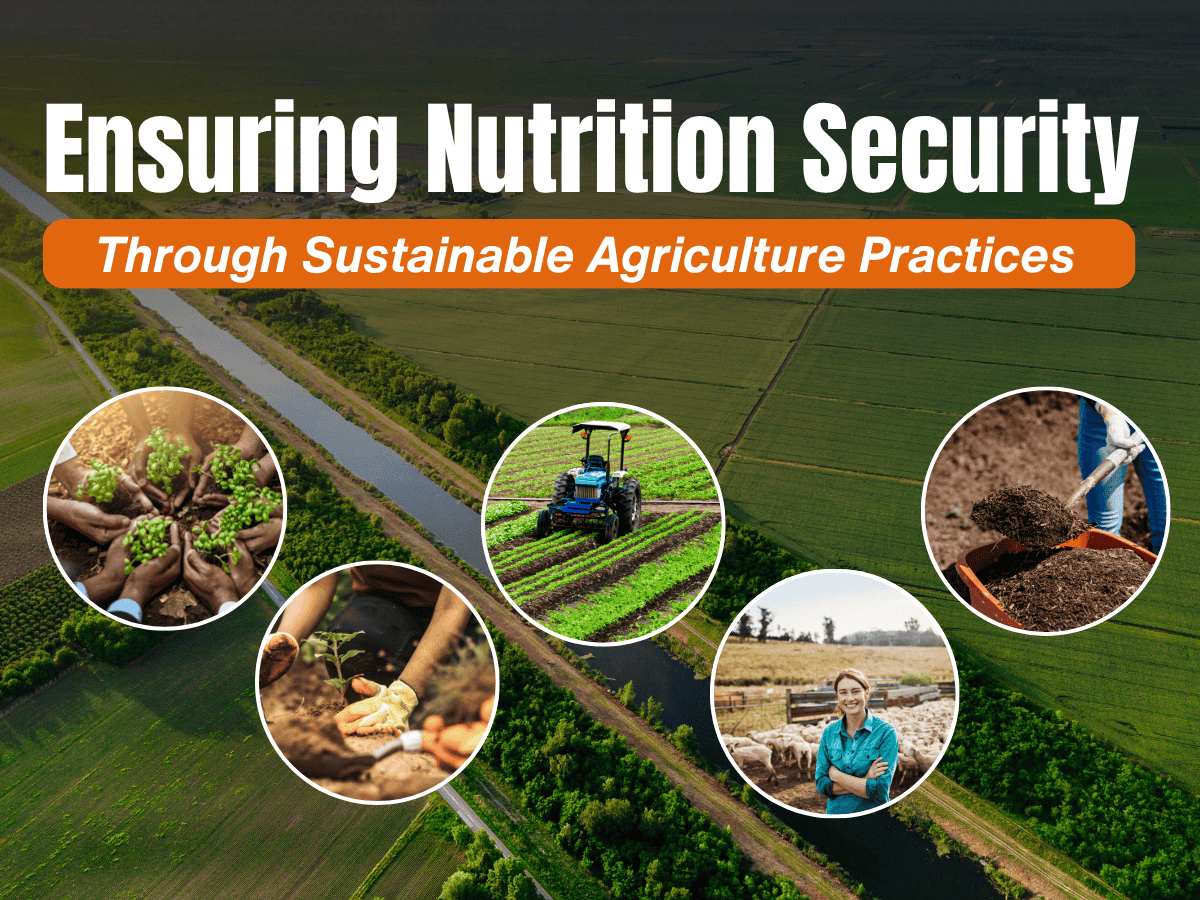ceat-speciality:blogs-tags/all,ceat-speciality:blogs-tags/agriculture
Post-Harvest Soil Care: The Essentials
Wed, 5 Nov 2025 | PRODUCTS
The moment the last crop is harvested, many farmers breathe a sigh of relief. But this quiet period between harvest and planting next year is one of the most important times for your land. Post-harvest soil management can make or break the productivity, health, and resilience of your fields going forward. In this post, we’ll walk you through why post-harvest care matters and the practical steps you can take.
Why Post-Harvest Soil Care Matters
After the harvest, the soil is often left bare, nutrients are depleted, and the soil structure may be disturbed. If we neglect this period, the following crop may suffer from:
- Loss of organic matter
- Erosion by wind or water
- Compaction of soil
- Nutrient leaching
- Disruption of the soil microbial community
Treating soil as a living ecosystem during the off-season ensures it remains fertile, structurally sound, and ready for the next crop.
Key Practices for Post-Harvest Soil Management
Here are the major strategies that together form a strong foundation for your next cycle.
1. Tillage Management: Less Can Be More
Traditional tilling turns and disturbs soil deeply. But overdoing it can break soil aggregates, harm microbes, and increase erosion risk.
- Reduced tillage or no-till: Leaving most of the soil undisturbed preserves structure, protects microbial life, and often reduces fuel and labour costs.
- Strip-till / minimal passes: Only till narrow strips where seeds will go, leaving the rest of the field covered.
- On erosion-prone or sloped lands, cutting back tillage is especially beneficial.
By minimising disturbance, you help keep soil pores open, allow water to infiltrate more easily, and reduce surface runoff.
2. Cover Cropping: Keeping Roots in the Ground
A bare field over months invites erosion, nutrient losses, and poorer soil health. Planting cover crops after harvest keeps the soil “in the green” and offers many advantages:
- Cereal rye, winter wheat, clover, vetch – these are common choices depending on climate
- Living roots help hold soil in place, draw up residual nitrogen, and feed soil microbes
- When turned in or mulched before next planting, they add biomass back into the soil
A well-selected cover crop can act as a buffer, protecting soil and enhancing fertility in one go.
3. Crop Residue / Stubble Management
After you harvest, stalks and residue remain. They are not waste — they are assets:
- Left intact, residue protects soil from erosion, cushions raindrop impact, and helps retain moisture
- Over time it decomposes, returning carbon and nutrients
- But residue may harbour pests or diseases if left unmanaged
Best practice tips:
- Chop residue into finer pieces (for faster breakdown)
- Leave residue cover (30-50 %) rather than removing everything
- Rotate crops or use disease-resistant varieties to break cycles
Where residue is dense, use specialised equipment (mulchers, flail mowers) for uniform distribution
4. Preventing Soil Compaction
Heavy equipment traffic, especially on wet soil, can compress the ground. That compression limits root growth, reduces infiltration, and leads to poor aeration.
Strategies to prevent compaction:
- Controlled traffic farming (CTF): restrict wheel tracks to fixed lanes
- Avoid entering fields when soil is wet
- Use cover crops with deep, penetrating roots (e.g. radish, rye) to help “self-loosen” the soil
- Use lighter machinery where possible
By preserving porosity, your soil becomes friendlier to roots and water movement.
5. Soil Testing: Know What’s Inside
One of the most powerful tools in your hands is knowing exactly what your soil lacks or has in excess.
- Post-harvest soil sampling gives a clearer picture (after crop removal)
- Test for macronutrients (N, P, K), pH, micronutrients, and organic matter
- Use the results to customise fertiliser or amendment plans rather than applying blanket doses
With targeted inputs, you avoid waste, prevent overfertilisation, and reduce the risk of runoff.
6. Water & Drainage Management
Even the best soils suffer if water is mismanaged.
- Grassed waterways, buffer strips, filter strips slow runoff, trap sediments, and filter pollutants
- Drainage ditches or tile systems help avoid waterlogging in heavy rainfall zones
- On sloped fields, contour planting and terraces help reduce erosion
Well-planned drainage helps protect topsoil and keeps fields healthy.
Integrating Farm Equipment and Soil Health
Modern farm machinery plays a role in how soil fares post-harvest. For instance, choosing tyres that minimise compaction can help. CEAT Specialty is a major name in agricultural and off-highway tyres.
Our farm tyres (like the Farmax series) are designed to reduce soil compaction while providing traction and durability. By pairing conservation tillage, controlled traffic, and soil-friendly tyres like those from CEAT Specialty, farmers can reduce damage, fuel use, and long-term costs.
Putting It Together: A Sample Post-Harvest Plan
Here’s how a farmer might stage these steps in the weeks/months after harvest:
Immediately after harvest
- Leave most residue intact
- Avoid heavy traffic in wet conditions
Within a few weeks
- Sample soil and send for lab analysis
- Plant a fast-growing cover crop (e.g., rye)
Over winter / fallow period
- Monitor cover crop growth, moisture
- Use grassed waterways/buffer strips
Just before planting the next crop
- Decide if minimal tillage is needed (strip, band)
- Terminate or mow cover crop, incorporate into the soil
- Manage residue and seed with minimal disturbance
Spring start
- Use precision planting methods
- Monitor early moisture and nutrient uptake
Through each stage, review how your soil condition evolves and adjust for the next season.
Conclusion
Post-harvest soil care directly determines future crop performance and sustainability. Reducing or eliminating tillage helps preserve soil ecosystems, improve moisture retention, and cut costs. Introducing cover crops like rye or winter wheat protects the soil, reduces nutrient leaching, and enhances structure. Managing residue smartly minimises erosion while maintaining fertility, though it requires balancing pest and equipment considerations. Preventing compaction through controlled traffic and avoiding wet conditions safeguards root growth. Regular soil testing allows precise nutrient management, preventing both deficiencies and waste. Lastly, managing drainage with waterways or buffer strips helps avoid erosion and pollution. Together, these strategies form a comprehensive system that keeps soil resilient, productive, and ready for the next planting season.

























